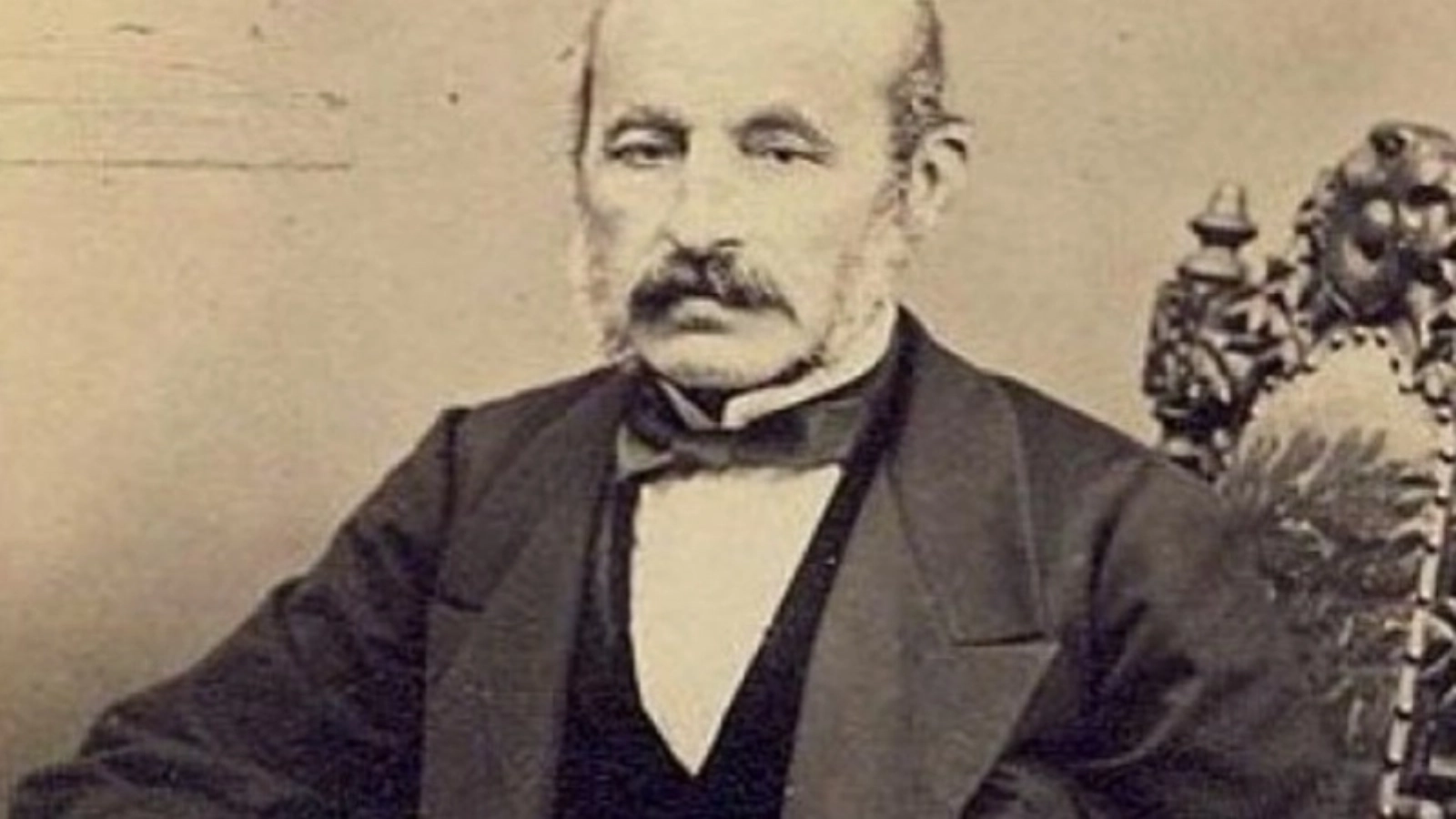The house where Petrache Poenaru, the inventor of the first fountain pen in the world and the designer of the current tricolor flag of Romania, was born and grew up has been restored several years ago and is now a charming manor house open to those who want to learn about the way the boyars of the region of Oltenia used to live, as well as host to many national and international cultural events.
The Otetelisanu manor house is located on the Lower Oltet River Valley, at Balcesti in the village of Benesti, being the only proof of Petrache Poenaru's connection with this area of southern Valcea County. The famous Romanian scholar and revolutionary was born here on 10 January 1799 and this is also where he spent his childhood, together with his grandmother on his mother's side, who raised him during the first five years of his life, and his uncle, Iordache Otetelisanu, the one who taught him to read and write in Romanian, as the scholar himself confessed when he was studying in Vienna.
The manor house was built at the end of the 17th century and the beginning of the 18th century by the Otetelisanu family, taking architectural elements from kulas (fortified two/three-storey-buildings of a compact and simple shape and sizing, having a square or rectangular cross-section, which was used for defence, observation, distress signalling and residential purpose - ed.n.) and also from Brancoveanu style buildings. The enlightened Otetelisanu boyars, as the current owner describes them, lived on the domain until the nationalisation by the communist regime. For a while the manor house was also an ethnography museum, but after 1991 it was returned to its former owners and became a ruin because of their disinterest in restoring it.
The one who finally dared to transform the old manorial building was also a descendant of the Otetelisanu boyars. Valentin Ionescu bought in the early 2000s the parts of the domain that belonged to the other heirs and began the restoration of this manor house, of which, at the time, only the walls, some doors and pieces of plaster remained. With enormous financial efforts, Ionescu managed to finish the reconstruction and fitting-out works of the manor nine years ago and since then he has reopened it to the public, organizing creative camps, symposiums and concerts here almost every year, with the participation of Romanian and foreign artists. As a result of these cultural events, he has also gathered an impressive collection of paintings, about 200 in number, inspired by the history and beauty of these places.
"Apart from the restored manor house, where Petrache Poenaru spent his childhood, we will try and we are in the process of setting up a room, let's call it Petrache's office - Pierre Poenar as the French called him and as it is written on the 1827 patent of invention in Paris, the patent of invention of the pen. I think this is the most known thing about Petrache Poenaru, but, if you ask me, it is the least important. He had many, many other contributions in various fields, in a Romania that was between East and West at the time," says the current owner.
Many other special events are linked to this place and to the Otetelisanu family. Tudor Vladimirescu, who took the young Petrache as his secretary, stayed at this manor a few months before he was captured and killed by the Eteria revolutionaries.
Apart from his patent of 1827 for the "never-ending portable pen, which recharges itself with ink", as he himself called his invention, Petrache Poenaru made a name for himself in many other fields. He is the creator of the modern Romanian tricolor and the one who founded the first Romanian propagandistic newspaper - Foaia de propaganda - when he was among Tudor Vladimirescu's pandurs. He is also the one who founded the public schools in Muntenia (in 1838), the Carol I National College in Craiova, the Agriculture School of Pantelimon, and the School of Bridges and Roads, the present Polytechnic University in Bucharest. We also owe him the introduction of the decimal metric system in Romania. Petrache Poenaru also participated in the 1848 Revolution, being one of the most influential supporters of the liberation of the Gypsy slaves.
Petrache Poenaru currently has a school that bears his name in Balcesti, and since 2018, as a sign of appreciation for all that he meant for this area, for Valcea and for Romania, the local authorities have flown a 54 square meter tricolor flag at the highest point in town, the second largest in the county, after the one in the center of Ramnicu Valcea.AGERPRES




































Comentează